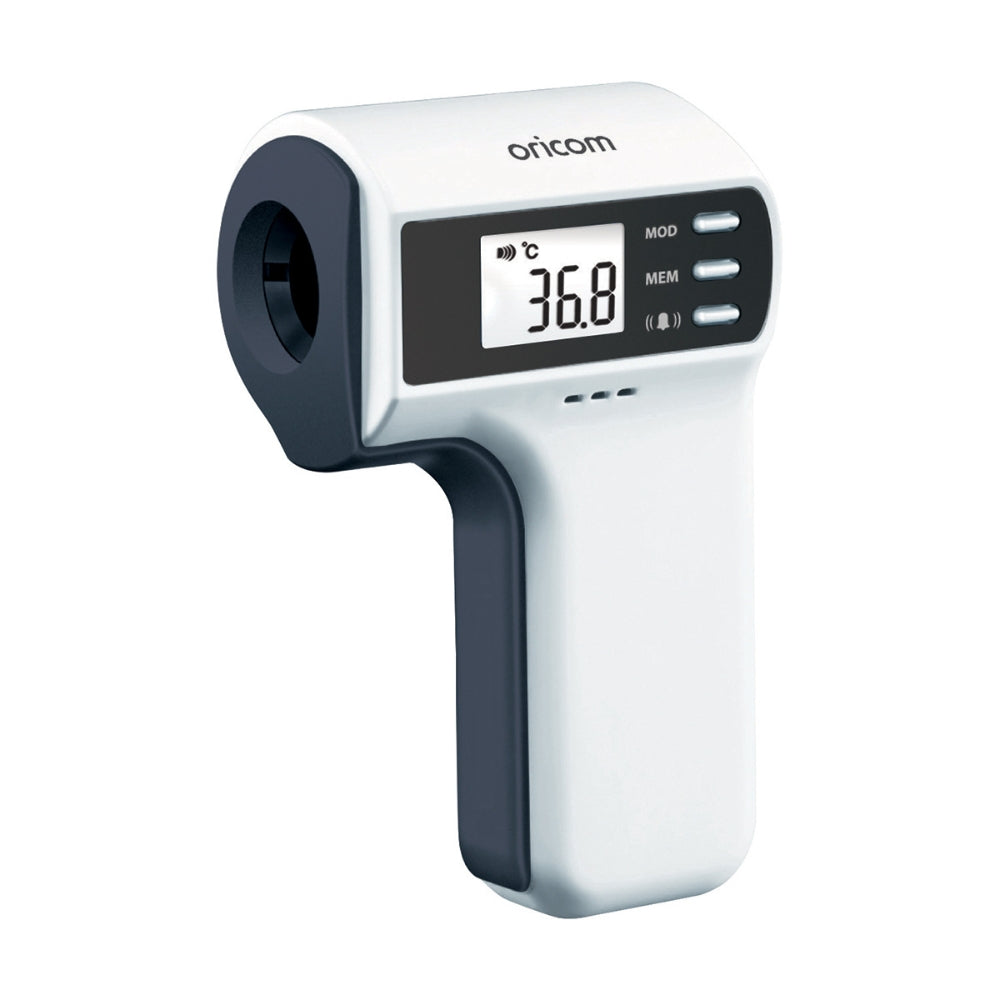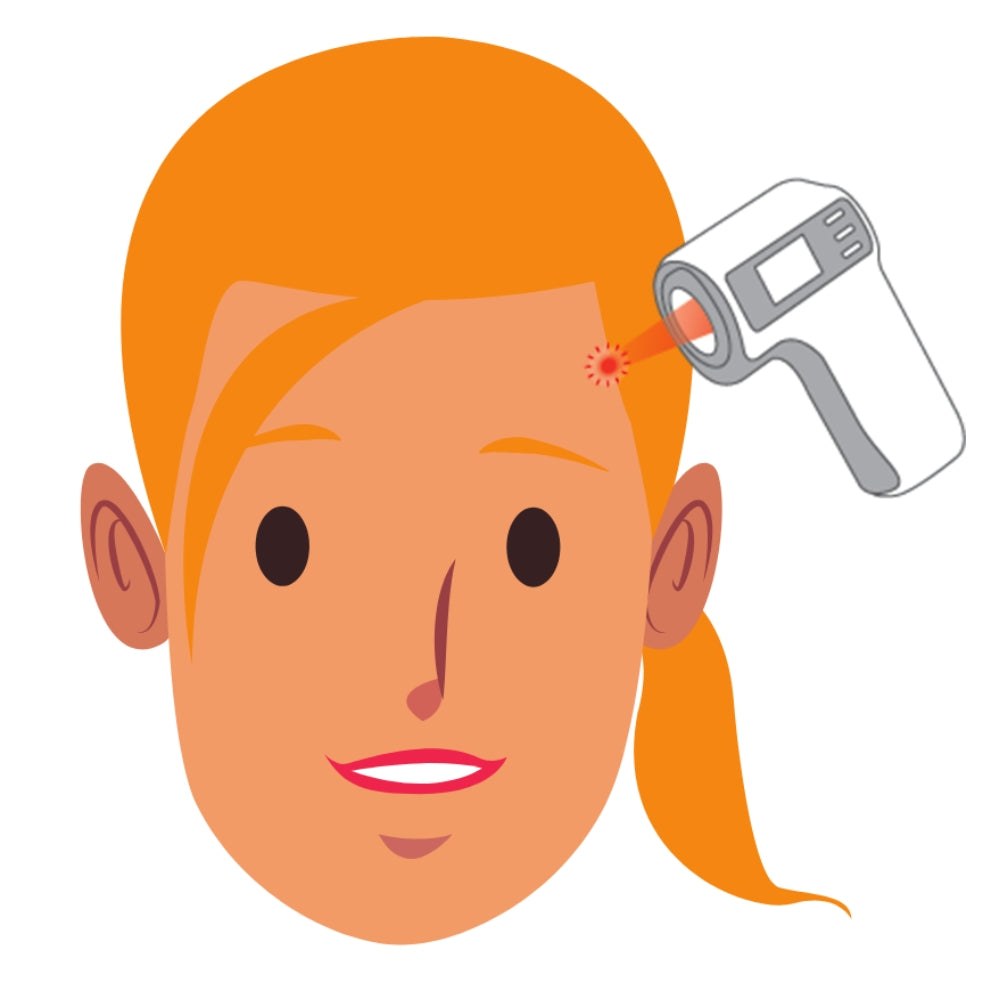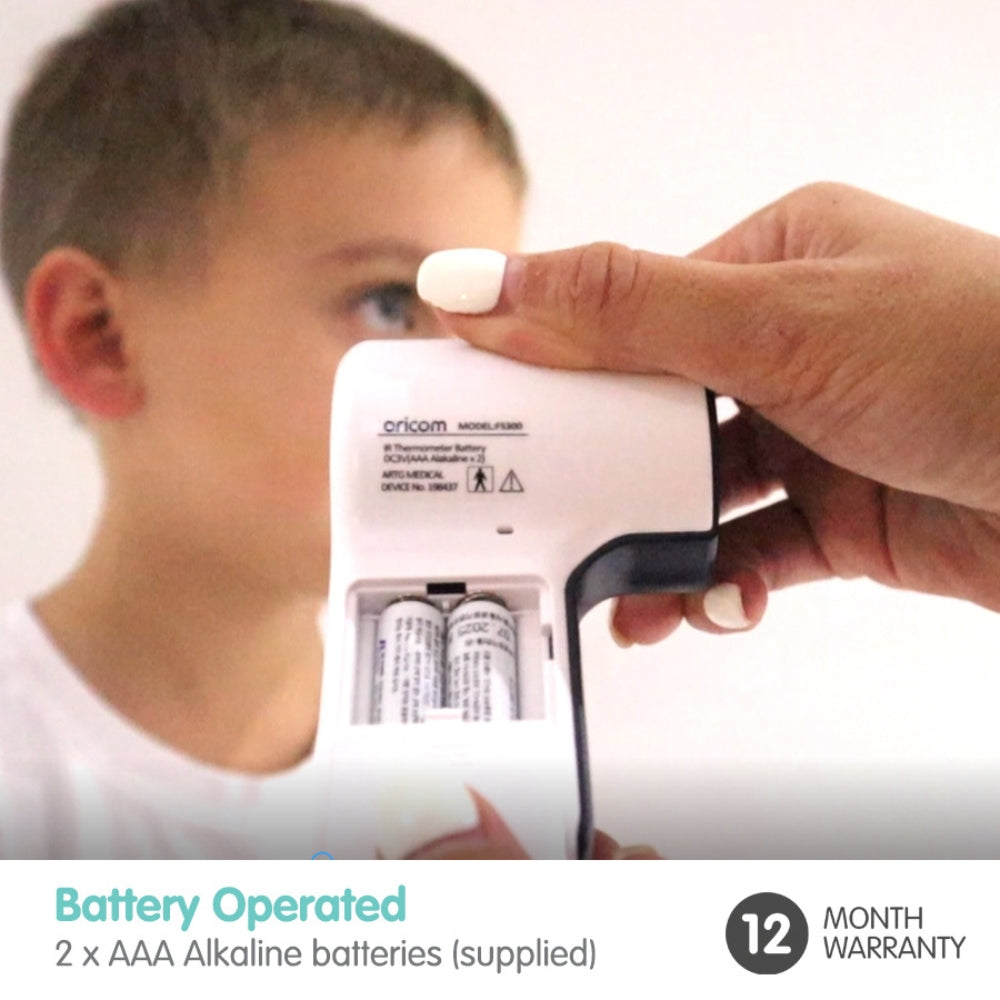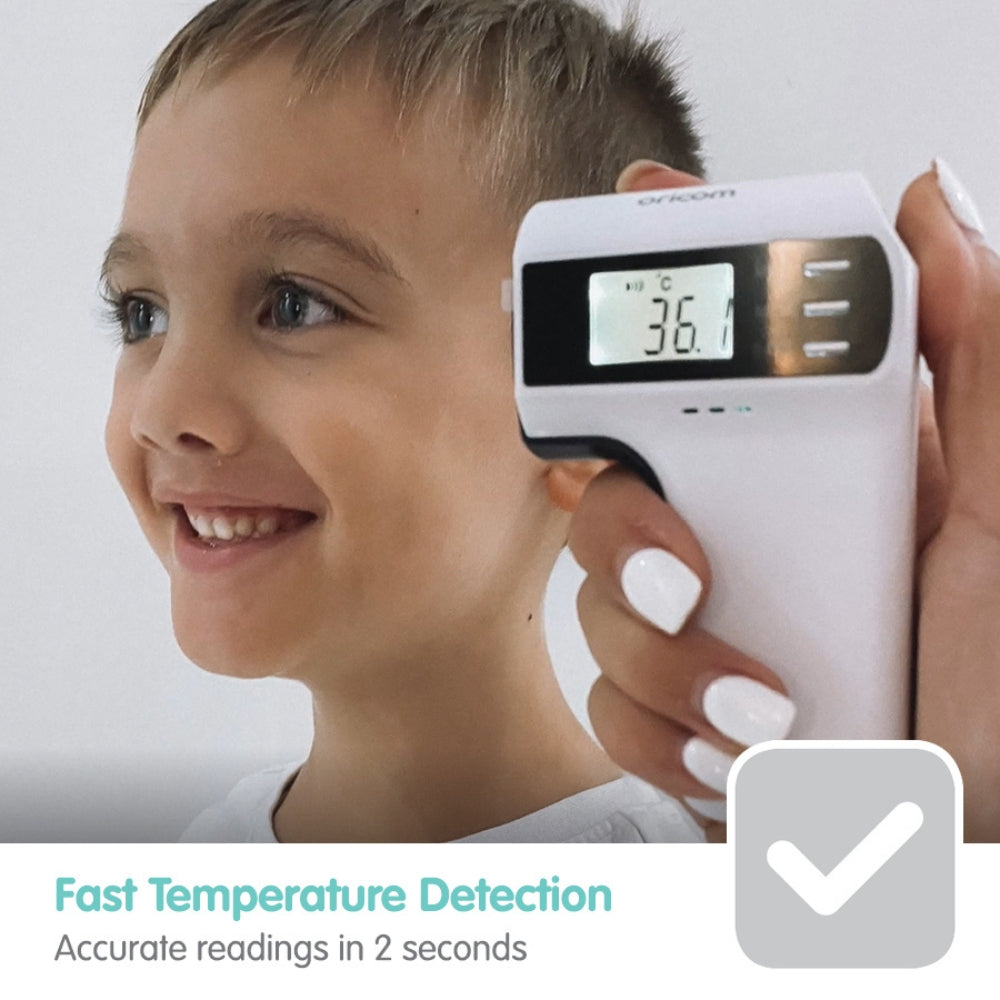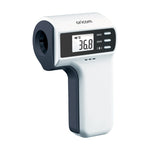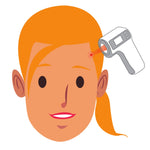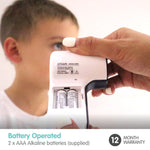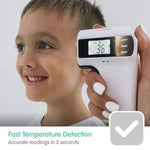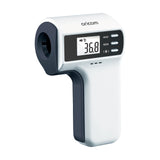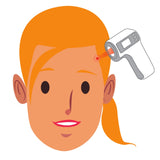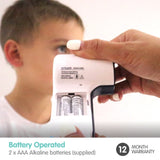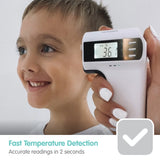100% Aussie Owned
Free Delivery Over $99
Trusted Local Support
Product Details
Key Features:
- Fast accurate temperature detection (less than 2 seconds)
- Hygienic, no probe filters, no risk of virus transmission
- Body, room or surface temperature detection
- Stores up to 32 recorded temperatures
- Large backlit LCD display
- Requires 2 AAA Alkaline batteries (supplied)
The FS300 is included as a medical device on the Australian Register of Therapeutic Goods (ARTG No. 198437).
The FS300 is intended for use as a measuring device for determining the patient's body temperature.ALWAYS READ THE LABEL AND USER GUIDE, USE ONLY AS DIRECTED.
Files
User guides
Accessories/Spare parts
Product registration
Additional Information
- Frequently Asked Questions
- Videos Guides
How do I use a baby thermometer correctly?
To use a baby thermometer correctly:
- 1. Follow the instructions in the individual User Guide.
- 2. Ensure the thermometer is clean before use
- 3. Record the temperature and consult a healthcare professional if necessary
What types of baby thermometers are available?
At Oricom, we offer a variety of baby thermometers, including:
- In Ear thermometers: For quick temperature readings from the ear.
- Forehead (temporal) thermometers: For temperature readings from the forehead.
- Infrared thermometers: For non-contact readings that can be used on the forehead, temple or other surfaces including water and food.
How do I choose the best thermometer for my baby?
Choosing the best thermometer depends on your needs and your baby’s age. For newborns, rectal thermometers are often recommended as well as in-ear and infrared thermometers, which are convenient and quick for older babies and toddlers. Look for features like quick readings, ease of use, and clear digital displays. Colour coded readings indicating fever are also a huge deciding factor with many parents.
What precautions should I take when using a thermometer with my baby?
When using a thermometer:
- Follow the brands instructions very carefully.
- Ensure the thermometer is clean before use, and cleaned after every use.
- Be gentle to avoid discomfort.
- Keep the baby calm and still to get an accurate reading.
- Never leave a baby unattended with a thermometer.
Can I use an ear thermometer for a newborn?
In-Ear thermometers are generally not recommended for a newborn due to the small size of their ear canals, which can lead to inaccurate readings. We would recommend their use from 1 month onwards. Infrared thermometers are much the same – we would recommend from 1 month of age.
What is the most accurate way to take a baby's temperature?
For babies and toddlers, in ear and forehead thermometers provide reliable readings. Each of the Oricom thermometers, whether In Ear or Infrared, are medical devices listed on the ARTG.
What should I do if my baby has a fever?
If your baby has a fever:
- Keep them hydrated by offering fluids.
- Dress them in lightweight clothing.
- Monitor their temperature regularly.
- Consult a healthcare professional if the fever is high or persistent.
How often should I check my baby's temperature when they're sick?
Always consult a medical professional before making any decisions on care for your baby. General advise would be to check their temperature every 4-6 hours or as recommended by your healthcare provider. Frequent monitoring can help you track the fever’s progression and decide when to seek medical advice.
What features should I look for in a baby thermometer?
When choosing a baby thermometer, look for features such as:
- Quick and accurate readings
- Easy-to-read digital display
- Colour Coded readings
- Memory function to track previous readings
- Backlight for nighttime use
- Age-specific settings for accuracy
- Hygienic covers or easy cleaning options
How do I clean and maintain a baby thermometer?
To clean and maintain a baby thermometer:
- Wipe the thermometer with a disinfectant wipe or alcohol swab after each use.
- Follow the brands cleaning instructions.
- Store the thermometer in a protective case to keep it clean and safe.
Can I use a forehead thermometer on a baby?
Yes, you can use a forehead thermometer on a baby. Forehead thermometers are non-invasive and easy to use, making them a convenient option for quick temperature checks. Suitable for use from 1 month onwards.
What is considered a fever in babies?
A fever in babies is typically considered to be a temperature of 38.2°C or higher. Consult the thermometer’s instructions for relevant information, and always check with a medical professional.
How can I make taking my baby's temperature easier?
To make taking your baby’s temperature easier:
- Choose a quick and non-invasive thermometer.
- Distract your baby with a toy or soothing sounds.
- Take their temperature when they are calm and comfortable.
- Ensure the thermometer is ready and easily accessible.

